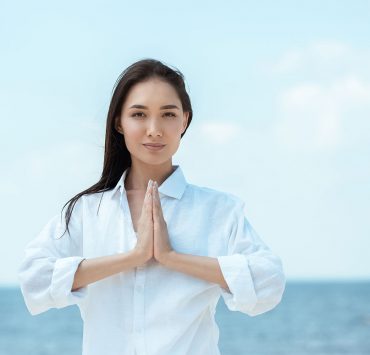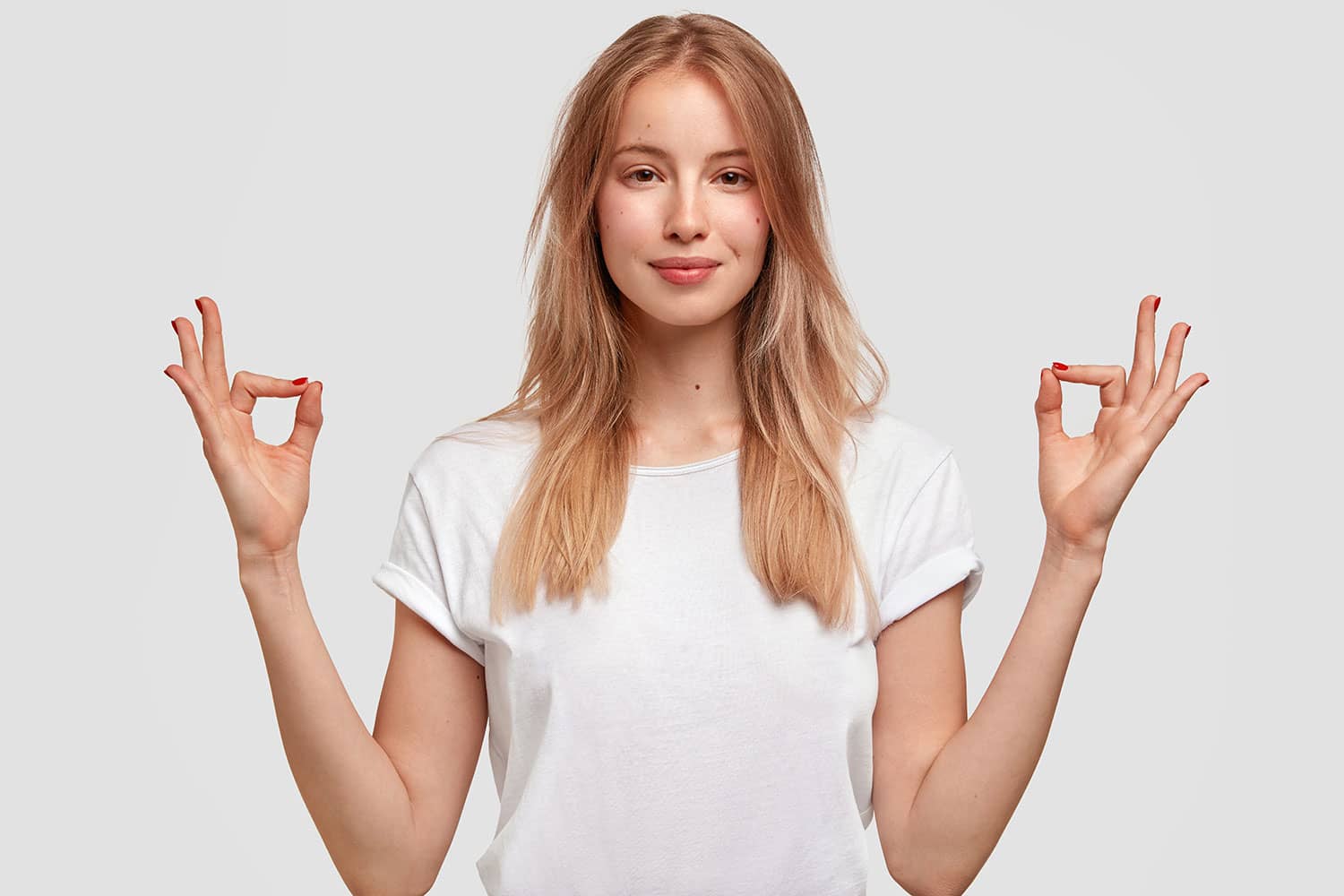
Susan views the world through a lens of spirituality, health,…
Even the smallest hand position can have a profound effect on your yoga practice. Yoga has an entire science based on various hand positions called mudras. One of the most popular mudras is the gyan mudra which promotes wisdom and knowledge.
Mudras are an important part of many spiritual practices, particularly in Buddhism. Many historical artworks featuring the Buddha, bodhisattva’s, or even saints and holy people of other religions, feature significant mudras, or hand gestures that have various effects on health, mental state, and well-being.
Some mudras are suggested only for more experienced practitioners and meditators. The gyan mudra is one of the simplest mudras for any one to begin with.
Learn everything you need to know about incorporating powerful hand mudras into your yoga practice and how they can benefit your life.
What Are Mudras
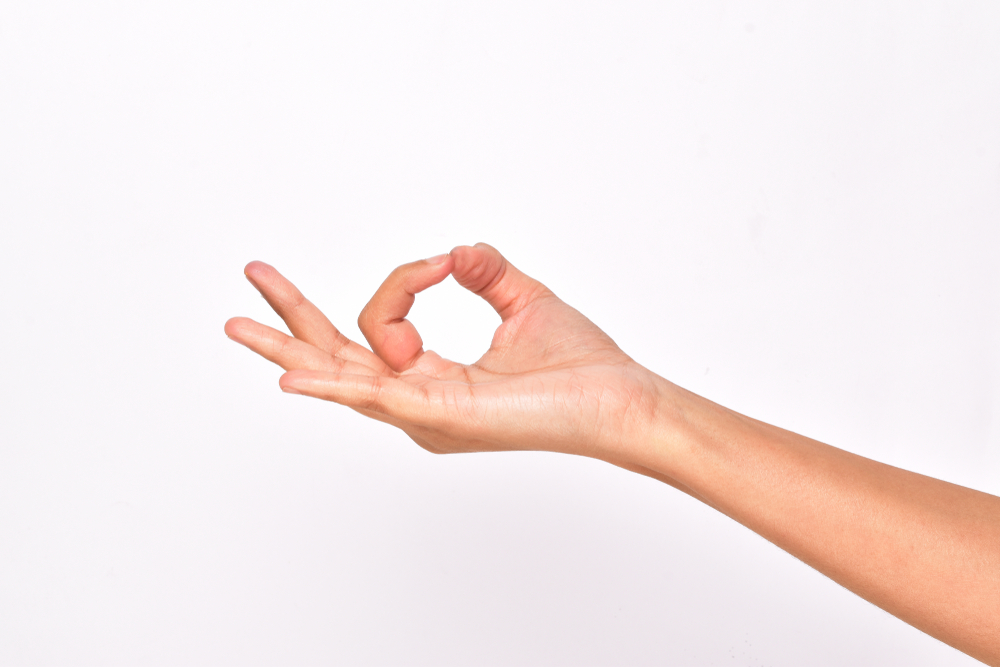
Mudras are not limited to hand positions. They are seals that can be created on all parts of your body. But beginners usually begin with specific hasta mudras, or hand mudras, to practice during static yoga asana or during meditation.
Mudras are positions which create seals in your body and affect the flow of life force energy, or prana.
It is a subtle science which affects the energetic body but also has benefits on your physical and mental health. There are hundreds of mudras for various intentions. Some even have mystical powers for those who believe in the more esoteric aspects of the seals.
They have been used for thousands of years in the East and many western yoga and meditation practitioners are now beginning to learn about and incorporate the science of mudras into their practice.
Although the science of hand mudras can go quite deep and can also vary a little from teacher to teacher, there are commonly accepted beliefs about mudras which can help you understand how they influence your energy.
In Ayurveda, the traditional healing science of ancient India, the universe is made up of five elements: earth, air, fire, water, and ether. These elements make up everything that is seen and unseen.
People are made up of combinations of these elements which make your dosha. Your dosha, or ayurvedic constitution, affects your health and even personality. For example, if you are a natural leader or have a short temper, you may be a pita or fire dominant person.
In addition to these elements, a common life force energy flows through everything that is living and inanimate. This energy is called prana.
Each hand has five fingers. The prana which flows through each digit can connect you to the elements like an antenna.
- Thumb- Fire
- Index- Air
- Middle- Ether / Space
- Ring- Earth
- Pinky- Water
In addition to the elements, your fingers can also connect you to the energy of different planets or chakras.
Hasta mudras have been depicted in art and drawings of various meditators and yogic over the centuries. They are also important in Indian Dance where each hand and foot position is specific.
According to yogi and Indian classical dance teacher, Nubia Teixeira, hands are the extension of your heart. So hand gestures can empower you to be your truest self.
How and When to Use Gyan Mudra
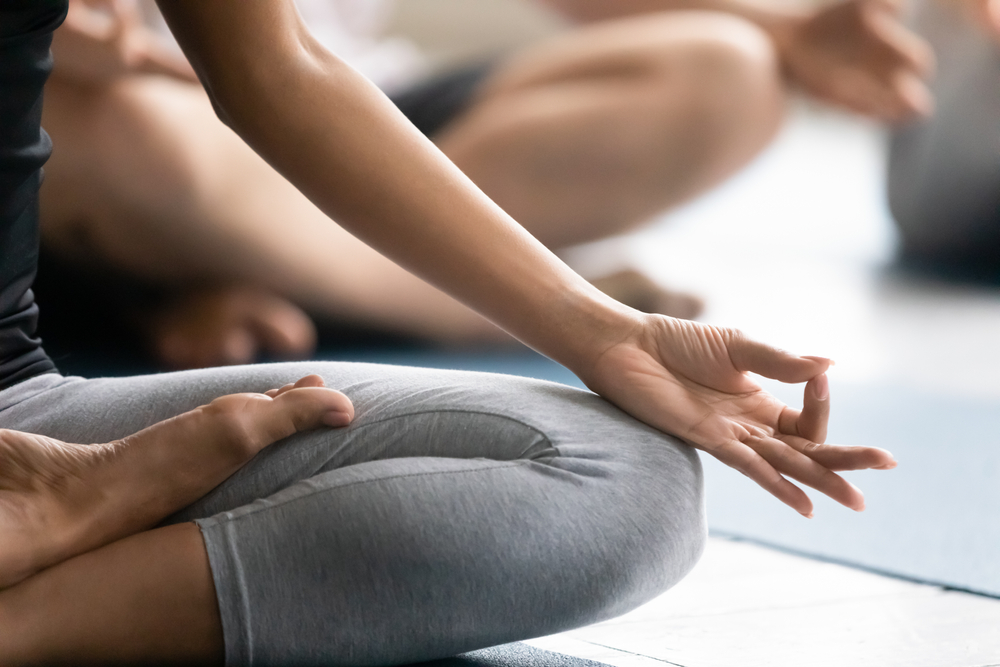
The gyan mudra is one of the simplest hand mudras and of the most popular among both yoga and buddhist meditation practitioners.
It is also called by several other names, including jnana mudra, dhyan mudra, or Vayu-vardhak mudra. By any of its names, it is known as the mudra of wisdom, consciousness, and knowledge.
You can incorporate it into your regular asana practice and place your hands in this energetic seal when you are meditating. It is also simple and discreet enough to be done with your hands in your pocket so you can practice this mudra even when you are out and wish to call upon the energy of gyan mudra.
To practice gyan mudra, simply connect the tips of your thumbs with the tips of your index fingers. Relax all your other fingers.
If you are seated, rest the back of your palms on your knees. This particular placement will connect you to celestial wisdom. But if you place the same finger position with your palms facing downwards, it has a more grounding effect.
You may also face your palm outwards to project wisdom onto others.
It is best to begin practicing mudras with your meditation practice. This will allow you to be present with yourself and the subtle energies that are affected by the seal.
Ideally, hold gyan mudra for 10 minutes in silent, closed eye, seated meditation, daily. But even if your meditation practice is only three minutes long, you can begin with that.
You may also incorporate any mantra with gyan mudra. And if you don’t have time to sit still, you may also incorporate the mudra into your daily life, such as when walking.
10 Benefits of Gyan Mudra
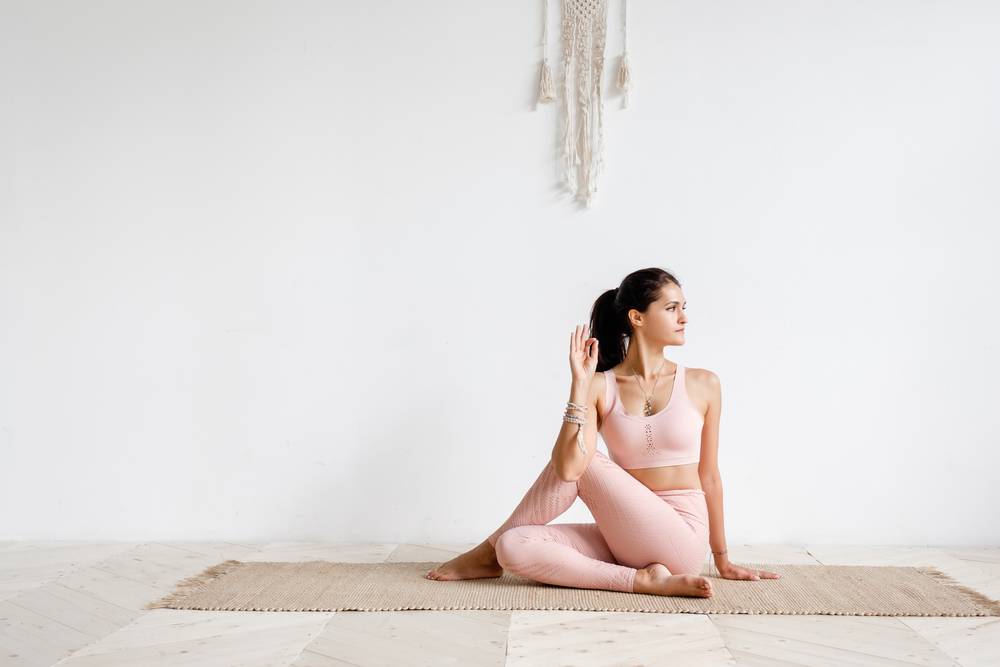
Gyan mudra has various benefits on physical, emotional, mental, and spiritual health. Here are 10 benefits of gyan mudra.
1. Represents the Connection Between the Limited Self with the Universal Self
As the mudra of consciousness, wisdom, and knowledge. This hasta mudra reminds you of the meaning of yoga, which is union.
The connection made with the tips of your index fingers and thumbs can help bring your awareness to the subtle connection and relationship between.
2. Stimulates the Muladhara Chakra
The Muladhara chakra, or root chakra, is the first of the seven higher human chakras. It gives you a sense of connection to both your animalistic, instinctual nature, and also your capacity as a human for conscious evolution.
Balance in this chakra, which can be fostered with gyan mudra, gives you stability, security, and grounding in reality.
3. Reduces the Distractions Arising in the Mind
Gyan mudra is one of the simplest and most popular mudras because it helps beginner’s begin stabilizing the mind during meditation. The purpose of meditation is not to stop thoughts from arising, but to not be distracted by them even when they arise.
In addition to reducing distractions, this mudra also helps your mind in physical ways by helping with issues like insomnia, migraines, and memory problems.
It will help sharpen your brain for mental and spiritual clarity.
4. Increases Spirituality
The Lord Buddha and Lord Krishna are associated with the Purna Gyan Mudra, a variation of gyan mudra.
In Purna Gyan Mudra, the finger positions are the same, but one hand is held in front of your heart instead of both resting on your knees.
Stories say that Lord Buddha was in this mudra when he attained the wisdom of enlightenment. And Lord Krishna was also in this hasta mudra when he was teaching the knowledge of the Gita to Arjuna.
5. Activates the Air Element
This hasta mudra connects the fire element with air through your fingertips. In Ayurveda, these are called pita and vata, respectively.
This connection creates a closed loop which allows the energies to circulate in your system rather than dissipate in nature. This helps to increase the air element in your body which leads to better mental health.
6. Ayurvedic Remedy for Tension and Depression
In connection with balancing and activating vata in your system, having a healthy balance of this element is also a remedy for any ailments related to tension and depression. According to Ayurveda, vata dominant people are floaty, comfortable, and can be a bit spacey.
Obviously, too much of these qualities can also lead to problems, but they are just what you need when you are experiencing anxiety, depression, and other issues that make you tense, rigid, tight, and unable to move forward.
7. Soothing Effect on Negative Emotions like Anger
Many Asian traditional healing systems believe that imbalances and disease are caused by stagnant air in your system that needs to be unblocked to allow free flowing healthy air and energy.
By activating the air element with fire through your finger position in gyan mudra, you help facilitate this flow which will also purify your body from stagnant negative emotions related to anger and depression.
8. It Cleanses the Aura and Prana
In Ayurveda, vata is the dosha which controls the remaining four doshas. Balancing your dosha, which you are born with but is also affected by other factors like age and and diet, cleanses your entire system — physical and energetic.
When the prana flowing through your system is balanced and cleansed, it becomes more powerful. This will help you be more energetic and reach the full potential of your life force.
9. Chakra Healing
The Gyan mudra is one of the best for chakra healing because it begins by activating the root chakra which provides stability and cleansing for the rest of your physical and energetic system.
As the mudra of wisdom, consciousness, and knowledge, it also activates your Ajna (Third Eye) and Sahasrara (Crown) chakras.
10. Heals Various Disorders
In yoga, Apana Vayu, or the downward movement of wind in your system, is important for detoxification. Because this mudra activates the air element in your body, your Apana Vayu also becomes more efficient.
This makes gyan mudra excellent for supporting your health by helping with endocrine (hormonal) discorders, nervous system disorders, and muscular disorders.
One suggested practice is to use gyan mudra right after meals to avoid the reverse motion of Apana Vayu (through belching) and allow your digestive system to eliminate waste properly.
Contraindications for Gyan Mudra
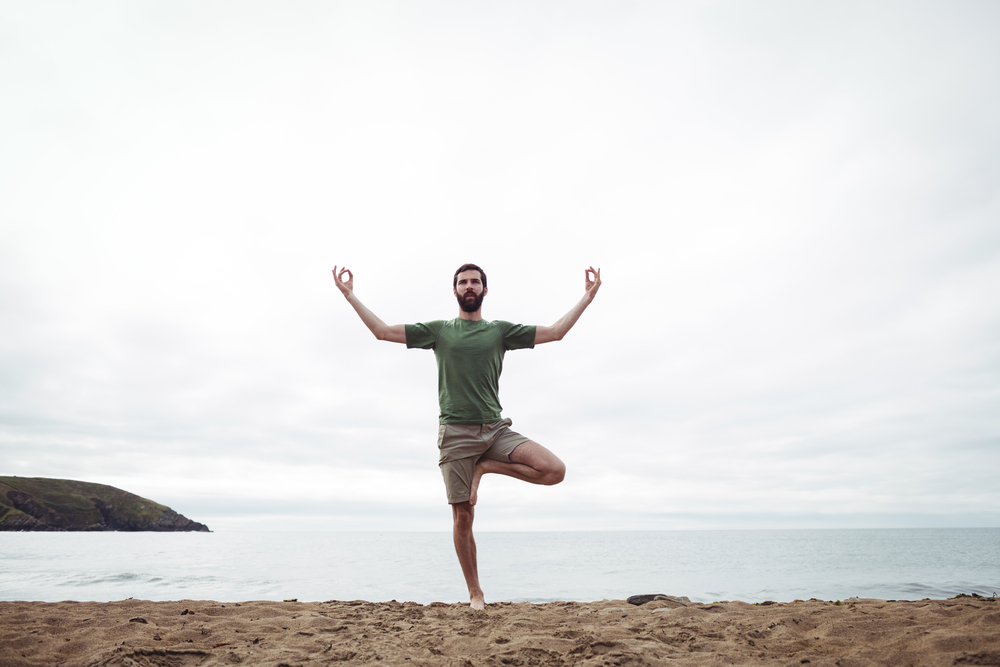
Gyan mudra is powerful in activating vata in your system. Therefore it is not recommended for those who have a vata-dominant dosha or vata imbalance.
Too much air element in your system can throw you into a frenzy. You may become forgetful, have a million tasks running at once — and none of them get done, and become unable to commit to any decisions big or small.
However, if you still want to incorporate Gyan mudra into your practice even with excess vata, you can counteract this with other Ayurvedic solutions:
- Drink hot tea or other warm beverages throughout the day
- Eat grounding food like root vegetables
- Add more seated asana into your yoga practice
- Wear neutral earth tones for your clothing
- Practice kapalabhati or breath of fire pranayama
- Sit while you eat
Conclusion
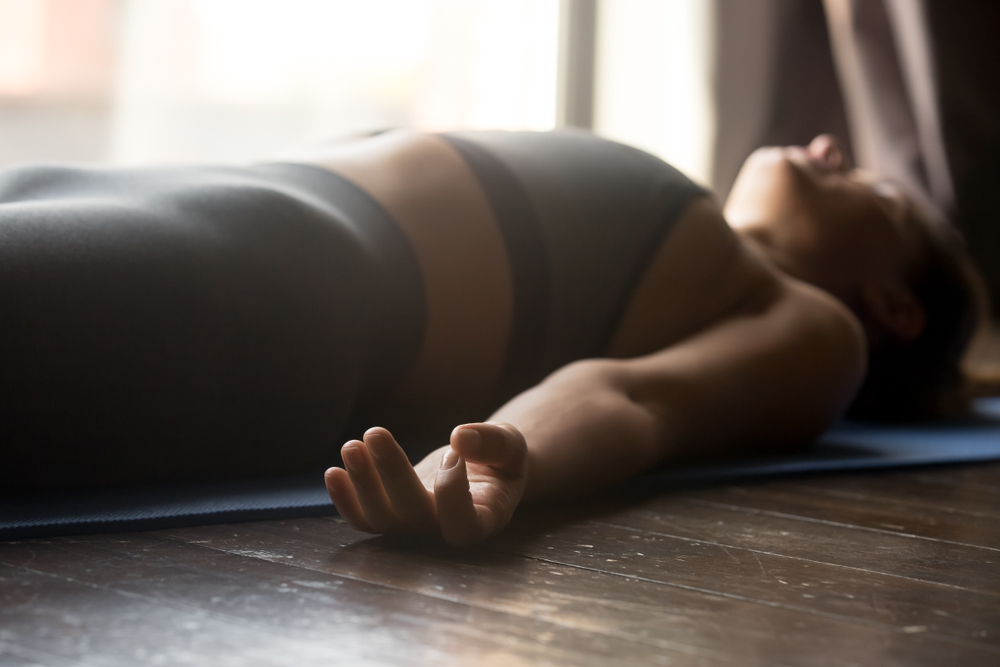
Gyan mudra is a simple yet powerful seal that will connect you to your highest self. It is one of the first hasta mudras you can learn and has numerous energetic and physical benefits for health and well-being.
Practice this hasta mudra while sitting quietly and still in meditation, or even while walking or doing your daily chores.
It will help activate the air element in your body which will encourage detoxification, proper flow and balance of prana, and invite clarity to your mind which will deepen your spiritual practice.
Practice gyan mudra regularly and just like Buddha, be connected with wisdom, knowledge and consciousness of your universal self.
What's Your Reaction?
Susan views the world through a lens of spirituality, health, and compassion. Her positive outlook on life shines through her writing, which is heavily focused on yogic living, meditation, and conscious eating.






